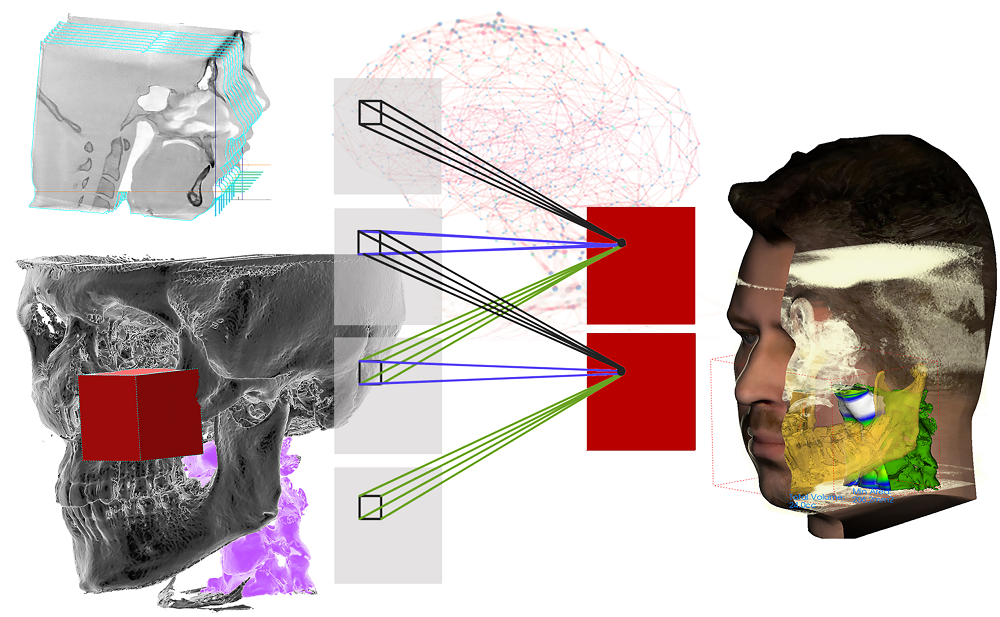Three-dimensional convolutional neural networks (3D CNN) as a type of artificial intelligence (AI) are powerful in image processing and recognition using deep learning to perform generative and descriptive tasks. The advantage of CNN compared to its predecessors is that it automatically detects the important features without any human supervision. 3D CNN are used to extract features in three dimensions where input is a 3D volume or a sequence of 2D pictures e.g., slices in a cone-beam computer tomography scan (CBCT). The main aim of this article was to bridge interdisciplinary cooperation between forensic medical experts and deep learning engineers. With emphasis activating clinical forensic experts in the field with possibly basic knowledge of advanced artificial intelligence techniques with interest in its implementation in their efforts to advance the forensic research further. This paper introduces a novel workflow of 3D CNN analysis of full-head CBCT scans. Authors explore and present 3D CNN method for forensic research design concept in five perspectives: (1) sex determination, (2) biological age estimation, (3) 3D cephalometric landmark annotation, (4) growth vectors prediction, (5) facial soft-tissue estimation from the skull and vice versa. In conclusion, 3D CNN application can be a watershed moment in forensic medicine, leading to unprecedented improvement of forensic analysis workflows based on 3D neural networks.

